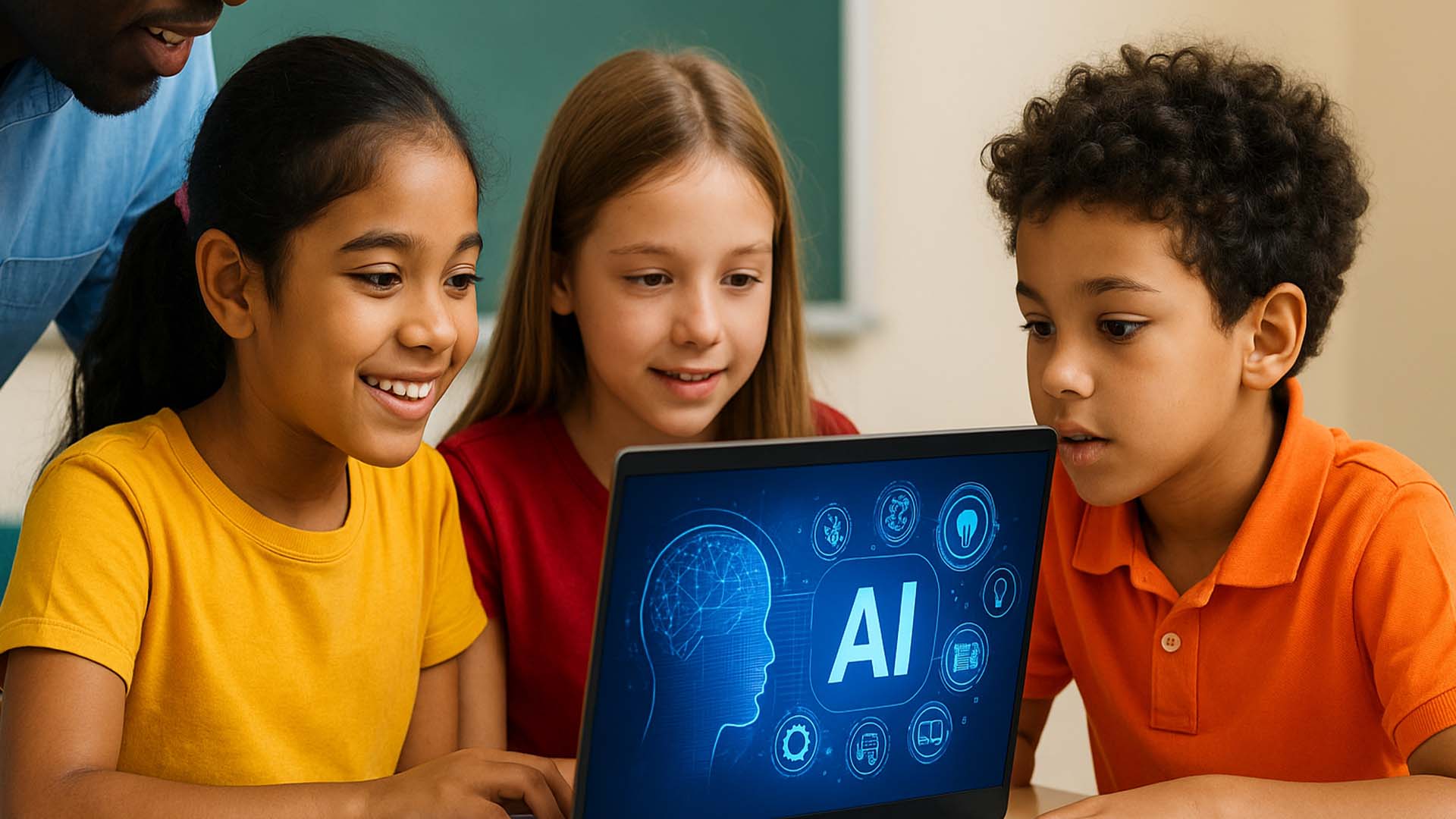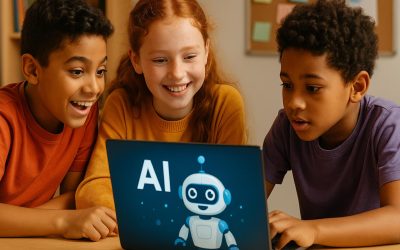Artificial Intelligence, or AI, is no longer a concept confined to science fiction movies. It’s rapidly becoming a part of our daily lives, and the world of education is no exception. From personalized learning paths to creative new ways of teaching, AI is poised to revolutionize the way children learn. This article will explore the exciting possibilities of AI in education, as well as some of the challenges that come with this new technology.
What is AI in Education?
AI in education refers to the use of artificial intelligence to enhance teaching and learning. This can take many forms, from AI-powered tutoring systems that adapt to a child’s individual learning pace to creative tools that help students express their ideas in new and exciting ways. The goal of AI in education is not to replace teachers, but to empower them with new tools and resources to create more engaging and effective learning experiences.
“AI can be used to inspire and foster creativity, lend multiple perspectives, summarize existing materials, generate and reinforce lesson plans, and stimulate…” 1
The Benefits of AI in Education
The potential benefits of AI in education are vast. One of the most significant advantages is the ability to create personalized learning experiences for every child. AI-powered tools can identify a student’s strengths and weaknesses and tailor the curriculum accordingly, ensuring that every child is challenged and supported at their own level. This can be particularly beneficial for students with learning differences, as AI can provide them with the individualized support they need to succeed.
AI can also help to make learning more engaging and interactive. From gamified learning apps to virtual reality field trips, AI can create immersive learning experiences that capture a child’s imagination and make learning fun. Furthermore, AI can help to automate some of the more tedious tasks of teaching, such as grading and lesson planning, freeing up teachers to focus on what they do best: inspiring and mentoring their students.
The Challenges of AI in Education
Of course, the rise of AI in education also presents some challenges. One of the biggest concerns is the issue of equity and access. It’s crucial to ensure that all students have access to the benefits of AI, regardless of their socioeconomic background. There are also concerns about data privacy and the potential for over-reliance on technology. It’s important to strike a balance between leveraging the power of AI and ensuring that children are still developing essential skills like critical thinking and problem-solving.
Q&A
Q: Will AI replace teachers?
A: No, the goal of AI in education is not to replace teachers, but to augment their abilities and provide them with new tools to support their students. The human connection between a teacher and a student is irreplaceable.
Q: Is AI safe for children to use?
A: It’s essential to ensure that AI tools used in education are designed with children’s safety and privacy in mind. Parents and educators should be mindful of the tools they are using and ensure that they are from reputable sources.
Sources
[1] https://education.illinois.edu/about/news-events/news/article/2024/10/24/ai-in-schools–pros-and-cons
[2] https://www.gse.harvard.edu/ideas/edcast/24/10/impact-ai-childrens-development
[3] https://www.weforum.org/stories/2024/05/ways-ai-can-benefit-education/








0 Comments